Did you know that there are versions of some of your favorite plants here in the Arctic too? I’ll try to keep the science to a minimum and just post some pretty photos, but let’s at least get a few things straight. All of the plants up here (just like the plants in your backyard) can be grouped into various categories based on all sorts of characteristics. Obviously, there are some plants that produce delicious fruits, some which are trees, some which are grasses…you get it. For the Deep Roots team, some of the groupings we use here have to do with the actual anatomy and the relationships they form with fungi. For example:
Ericoids
Ericoid plants are from the family Ericaceae, which are plants that live in acidic, often times infertile environments. Rhododendrons, blueberries, cranberries, azaleas – these are all examples of the plants in this family. Since these plants grow in poor soil conditions, they form symbiotic relationships with fungi at the root level to help them get nutrients into their cells. This symbiotic relationship between a plant's root system and fungi is referred to as mycorrhiza (myco – fungus, riza – root) and is of particular interest to the Deep Roots team.
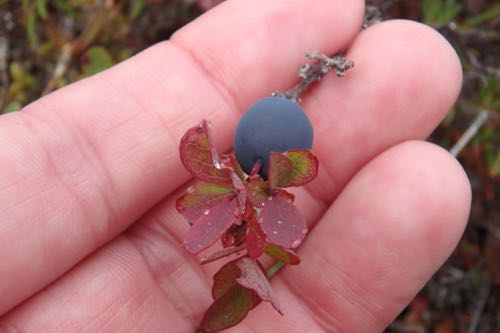
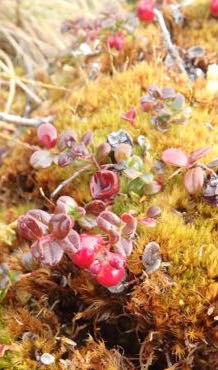
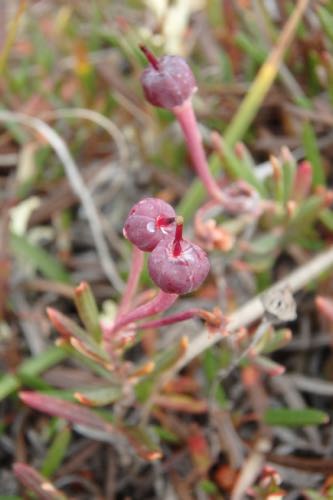
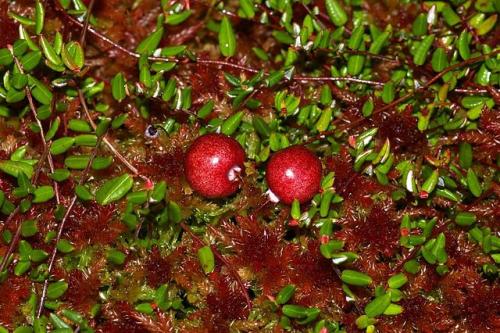
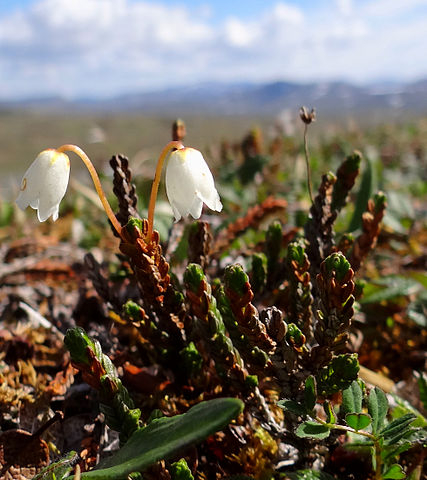
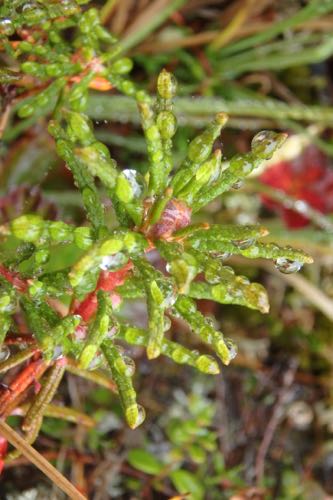
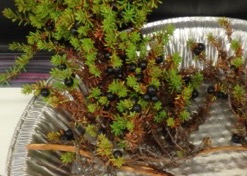
Sedges
Sedges are grassy plants that exist all over the world, but mostly in wetlands (marshes, bogs, etc). Sedges dominate the tundra – here in the Arctic Alaska they form tussocks, which can best be described as 2-4 ft tall grassy tufts.
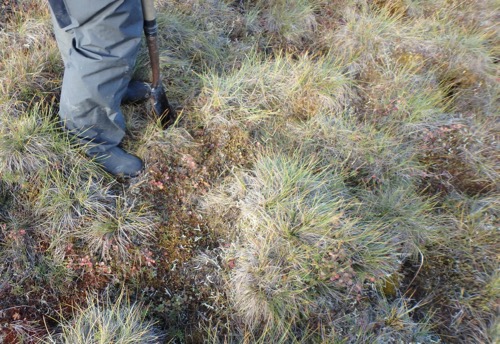
The two main sedges found at Toolik are Eriophorum vaginatum and Carex bigelowii
And the rest…shrubs
One of the other major plant types that dominate the tundra are shrubs – small to medium sized woody plants. Due to the limitations placed on plants here (i.e. the abiotic conditions), most shrubs do not grow more than a few feet tall and are not significant in size.
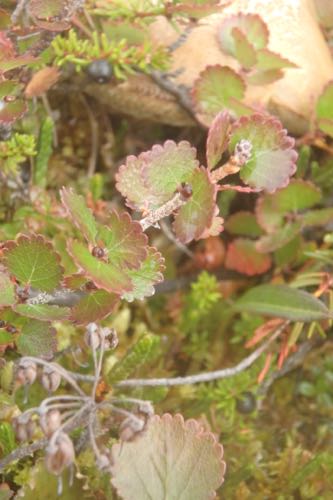
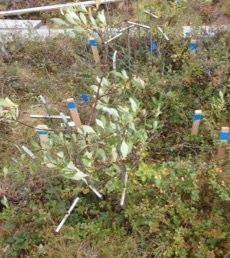
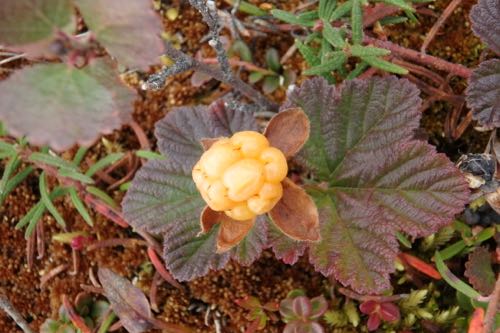
So many more
Those are not the only “green things” out here – there are many other plants species too numerous to list, lichens, moss of different types, fungi, etc – these are just the ones of particular interest in the Deep Roots research study. So just what are we studying about these plants? Stay tuned for the next journal to see!
For now, here are a few pictures of all of these beautiful plants as their colors change:
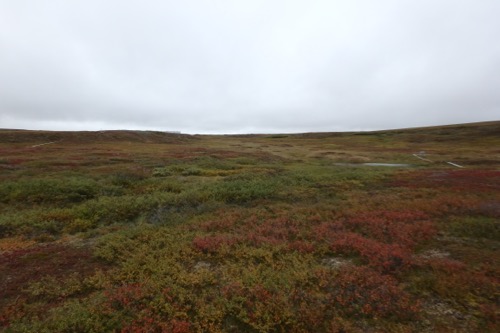
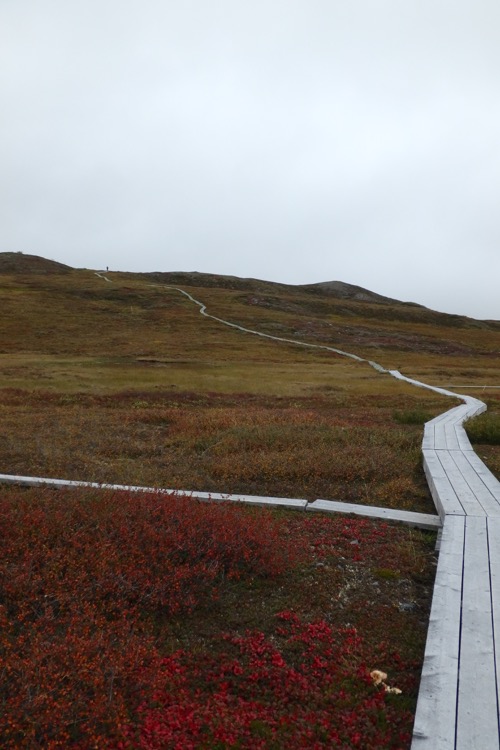
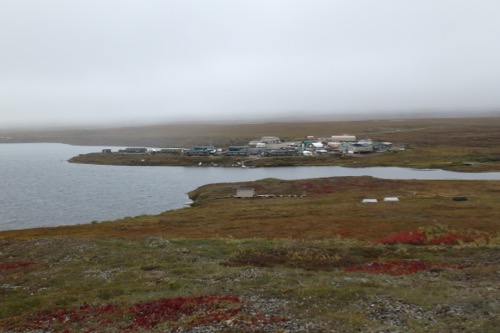


Comments